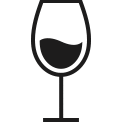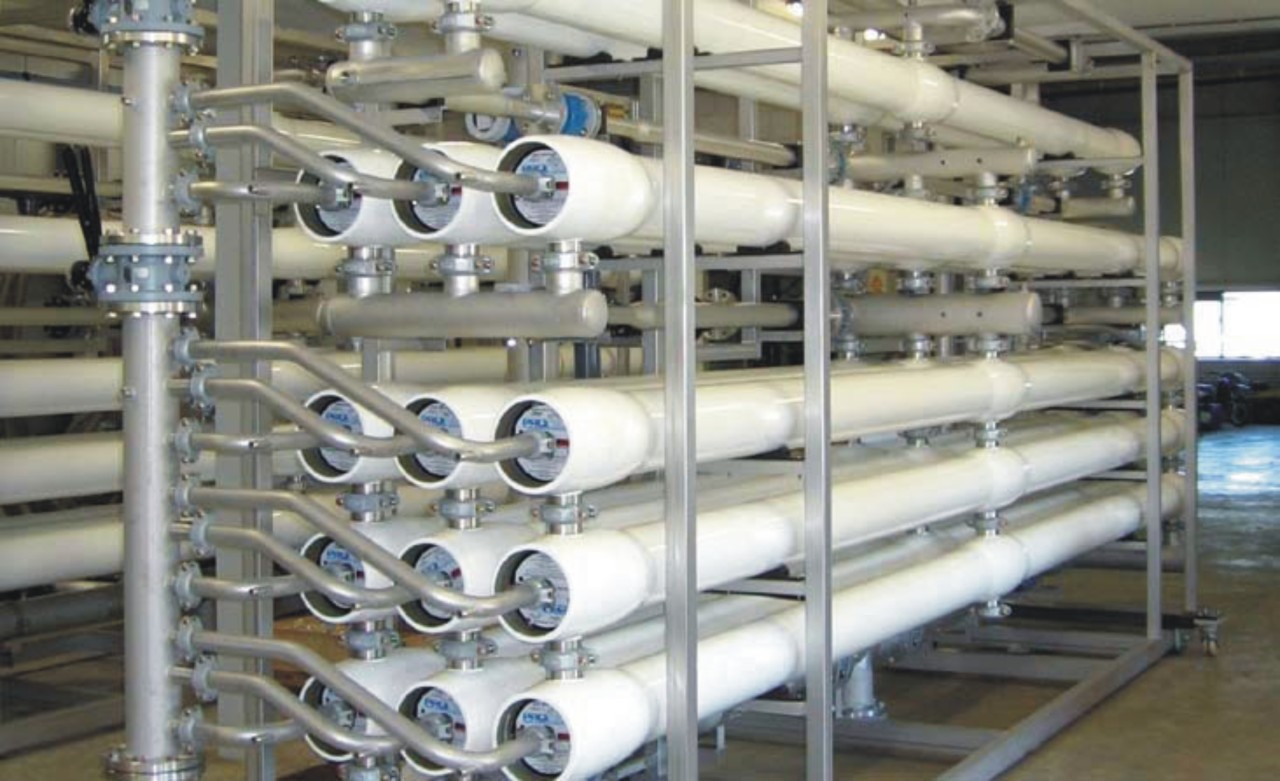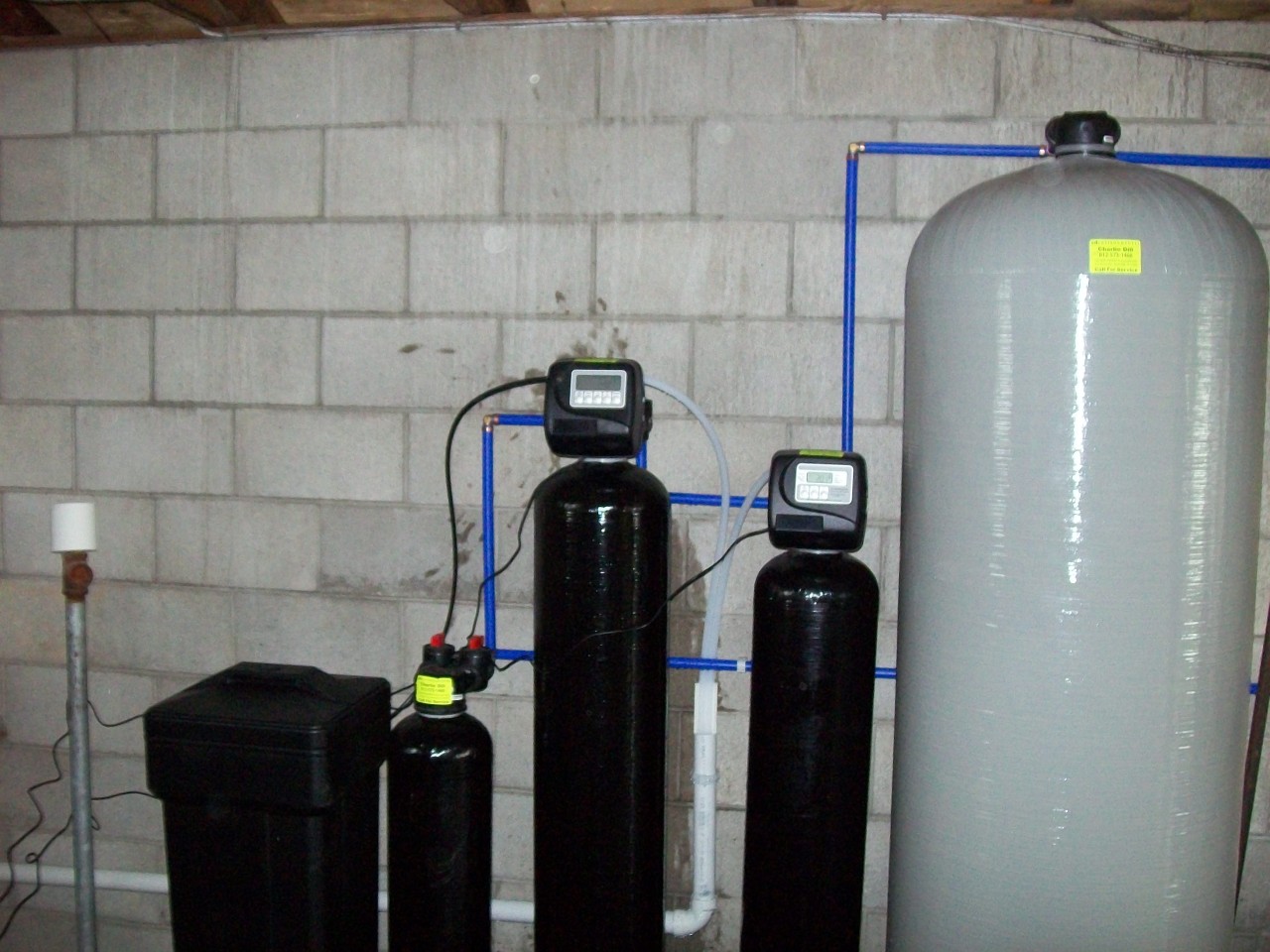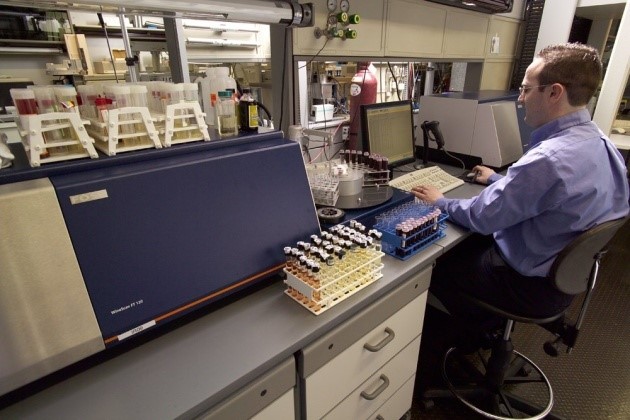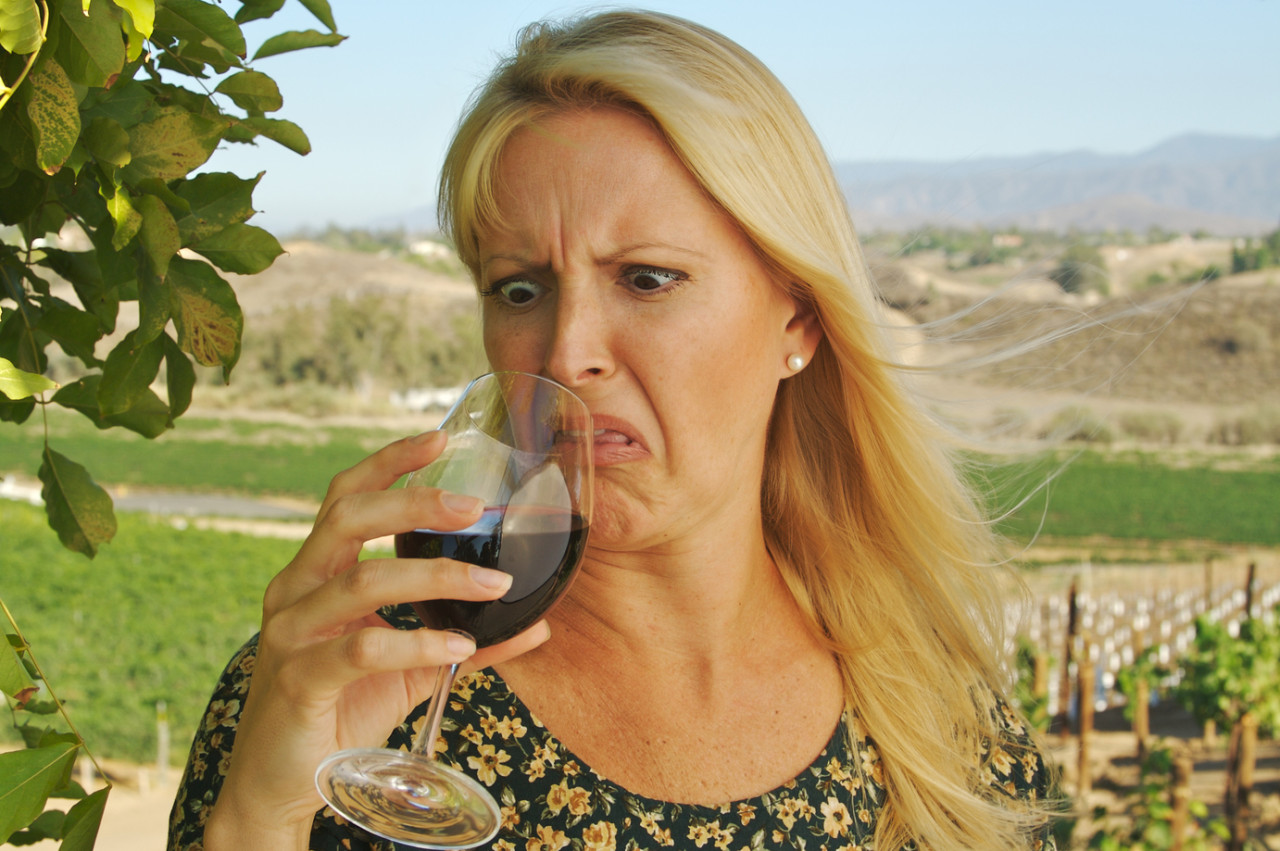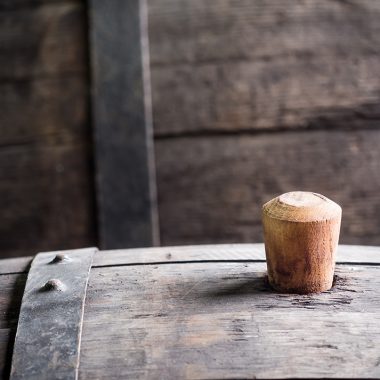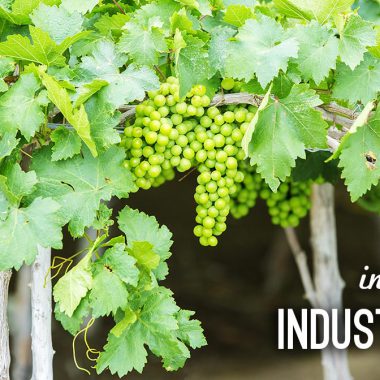The Importance of Water for Wineries
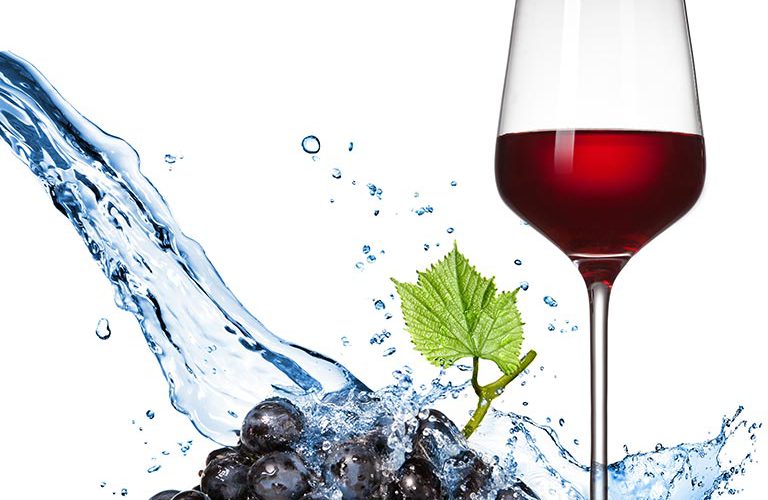
Because of the drought, the wine industry is paying close attention to the usage of water. There are now many wineries that call Napa home, not just Napa Valley or Napa County but within the Napa city limits itself. Outside of town, most of the vineyards and winery operations are using wells or pounds for their water usage. In town, we are using city water with a brand new set of challenges.
WineShop At Home operates in Napa from two production facilities falling into this category. Indeed city water is treated with chlorine which creates byproducts that may expose a winery to a decrease of efficiency with bacteria, yeasts, but mainly increase the risk of TCA, Trichloroanisole, the primary cause of cork taint in wines. This can have a negative effect on fermentation, ageing in cellars and later in the bottle.
I recently lead a group of winemakers in a series of testing and investigation across several production locations from neighboring wineries. We interviewed leading scientists from Caltest in Napa and ETS Laboratories in Saint Helena as well as Napa city officials to find out how they are approaching this potential issue.
A little bit of chemistry….I promise just a little bit:
A water disinfectant such as Bromine or Chlorine may react with naturally present fulvic acids, humic acids, amino acids and other natural organic matter to produce the trihalomethanes (THMs), haloacetic acids (HAAs). These will break down wine-spoiling byproducts such as TCA. There are no organisms in the wine that can use these compounds to form TCA. However, molds and spores like Streptomyces can be found in oak products, vinyl and polyester resins, plastic equipment, filtration plates, closures, hoses or building materials. These surfaces offer the perfect support for this cycle of life to prosper. Chlorine is an inhibitor of the development of microorganisms.
The concentration of chlorine in drinking water is around 2 to 3 mg/L. The maximum allowed by the EPA is 4 mg/L for public consumption. If any forms of contaminants such as E. Coli are found during routine testing of a water source, like a well, chlorine addition will be ordered for public safety. Without a filtration system in place Trichlorophenols can be formed leading to the formation of TCA.
Ok that’s it. That wasn’t so bad!
Two case studies had caught my attention and lead me to my own investigation.
- Ets Laboratories in Saint Helena studied a case of a winery in Oregon which did not have any system of filtration from their outside water storage tank into the winery distribution pipes. Local authorities added chlorine to their water supply after an employee contracted a bacterial infection caused by a bacteria called Giardia lamblia. After a few weeks, the winery building, barrels and floors were all contaminated. These compounds can be airborne and affix themselves to all types of surfaces..
- In 2013, the city of American Canyon, a few miles from us, exceeded the standard set by the California Department of Public Health for total trihalomethanes (THMs) in its drinking water supply. Two out of four monitoring sites tested over the limit – at 88.35 and 85.73 micrograms per liter. State regulators set the maximum contaminant level for THM based on an average of 80 micrograms per liter. Since then, the city installed monitoring systems in their main storage tanks and added a chlorine analyzer to the post-treatment water storage tank to track chlorine levels.
The sensory evaluation for TCA is quite low around 1 or 2 PPT (parts per trillion or nano Grams per Liter). People use descriptors like corked, mushrooms, wet card board, etc. to describe and explain what they are experiencing while tasting a wine affected by TCA. This has a devastating effect on the reputation and the ability to sell a wine.
Production facilities use various methods for filtering city water of possible contaminents. Below are examples of active filters used by wineries.
Carbon Filters: Very small amounts of hydrogen sulfide can be removed from water with activated carbon filters. The hydrogen sulfide is adsorbed onto the surface of the carbon particles. Periodically, the activated carbon filter must be replaced depending on the amount of hydrogen sulfide in the water. Moderate to high levels of hydrogen sulfide in water require very frequent filter replacement.
Ion Exchange: You can use different types of resins after water analysis to target specific compounds. Resins are highly selective and can be regenerated and used over and over in winery operations. Ion exchange operations and the choice of resins to use are highly dependent on the water analysis, what has to be removed and to what level it has to be reduced.
Electrochemical Water Treatment Systems: Electrochemical water treatment systems utilize electricity to induce the removal of dissolved contaminants in the water. Positively charged contaminants such as calcium, magnesium, sodium, lead and uranium, are called cations. Negatively charged contaminants such as chlorides, nitrates, nitrites, sulfates and fluorides, are called anions. The introduction of a negatively charged electrodes, or cathodes, into the water will cause positively charged cations to move towards it. Electrochemical water treatment systems take advantage of this property by combining the electrodes with ion exchange membranes.
In conclusion, we are dedicated at WineShop At Home to provide tasty wines to enjoy now and for many years to come. The importance of water for wineries is top in our mind. This commitment makes us look carefully at our production process. All the parameters of our operation are carefully monitored and water is just one of them. To make good wine, we start with good water. There is an old saying in winemaking, we often use ten liters of water for each liter of wine produced. Water was, is and always will be the number one topic among professionals in the wine industry.
